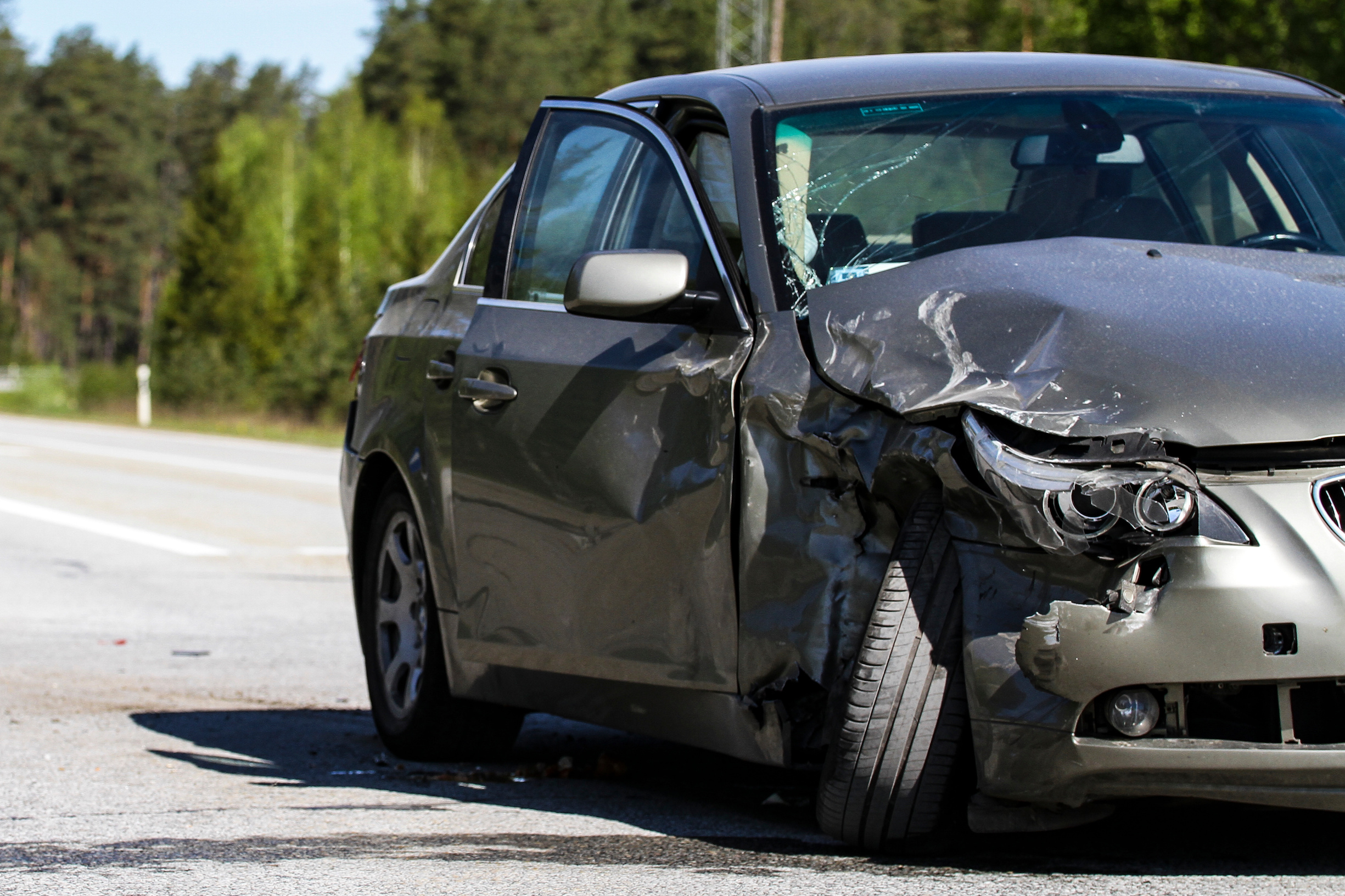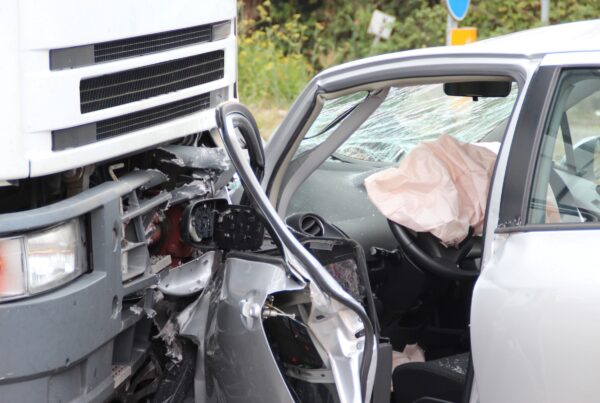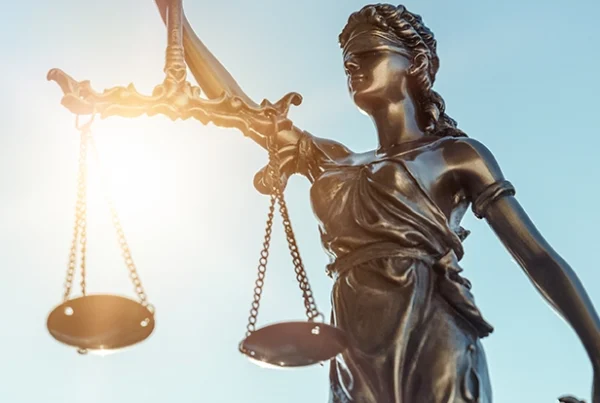A car accident is an unnerving experience that can happen to anyone on the road. A hit-and-run incident, when a driver is involved in a collision and flees the scene without taking responsibility, can be particularly distressing. Understanding the legal ramifications of leaving the scene of an accident, your rights, and obligations is crucial for both the responsible party and the victim. In this blog, we’ll explore the legal definitions, driver responsibilities, and potential consequences associated with hit-and-run accidents.
Hit-and-Run: Legal Definitions
Laws surrounding hit-and-run accidents vary by state, but they generally fall between misdemeanor and felony charges depending on circumstances. Most states define a felony hit-and-run as leaving the accident scene where there is any injury to a person, whether a pedestrian or occupant of a vehicle.
Hit-and-run accidents may also be classified as a misdemeanor. In Missouri, the accident can be classified as a Class A misdemeanor if there is less than $1,000 in damage to the victim’s vehicle.
Driver Responsibilities
Whether minor or severe, drivers involved in accidents have specific responsibilities, including exchanging information and providing accurate identification and insurance details. If an accident has resulted in an injury, the uninjured driver must call 911 to report the accident at the very least.
Everyone at the scene of an accident is deemed legally aware of their responsibilities. A driver fleeing the scene will be considered as performing an intentional act and face punitive damages, even if the accident was unintentional.
Potential Legal Ramifications of Leaving the Scene of an Accident
Leaving the scene of an accident can have severe consequences. State laws, such as Missouri’s Section 577.060, outline the potential legal ramifications of a hit-and-run, including an impact on your driver’s license.
Impact on Driver’s License
Almost every state imposes penalties on the driver’s license of the hit-and-run driver. Regardless of whether the person is charged with a felony or misdemeanor, the license is automatically suspended or, in some cases, revoked for six months. Some states will uphold a revocation for as long as three years. Depending on the nature of the accident, surrounding circumstances, and the state in which the accident occurred, a hit-and-run accident could result in a lifetime revocation of a driver’s license and criminal charges.
 Criminal Charges and Bodily Injury
Criminal Charges and Bodily Injury
Leaving the scene of an accident may result in criminal charges, especially in cases involving bodily injury. In Missouri, leaving the scene of an accident is automatically considered a Class A misdemeanor. If the accident resulted in physical injury to another person, the property or bodily damage exceeds $1,000, or the individual has been found guilty of any of these previously, the person can be charged with a Class E felony. If a death has occurred due to the hit-and-run, the charge is increased to a Class D felony. A Class D felony is punishable by a fine of up to $5,000 and possible incarceration of up to 4 years.
Hit-and-Run Victims: What To Do if the Other Person Leaves the Scene
Taking immediate action is crucial if you’re a hit-and-run victim. It may be difficult, but if you are physically able, try to document as much identifying information as possible. The best place to start is with the license plate, but if you missed that, record the vehicle’s make, model, year, and color. Also, take note of any unique characteristics, such as tinted windows, window stickers, or more, that may help narrow down who the authorities will be searching for.
Look for surrounding witnesses at the accident scene who may also have valuable information to help track the person down. Search the vicinity for security cameras that may have captured the incident. Be sure to get their names and contact information for the authorities to contact later for a police report if necessary.
Even without identifying information, you still deserve compensation for any bodily injury or property damage you experienced. Your uninsured motorist coverage should still allow you to file a compensation claim when no liability insurance is available. Unfortunately, a hit-and-run accident case is often disputed, making it necessary to work with an experienced personal injury attorney.
Reporting the Hit-and-Run to Police
Watching the other party flee the scene can often have you asking, should you call the police? Is it even worth it if you don’t know who they are? Reporting a hit-and-run to the police is vital to legal proceedings and should be done in every case. Provide them with any potential identifying information you have, discuss what happened in the accident, and offer them any witness contact information you’ve gathered.
Common Reasons People Flee an Accident Scene
Car accidents can cause intense emotional reactions and, sometimes, trigger the fight-or-flight response. Some who remain on the scene immediately begin arguing with the other party, while others just want to get out of there as quickly as possible. Studies performed by the Belgian Road Safety Institute of ten European countries and the University of Leicester focusing on Britain found some commonalities across why hit-and-run drivers left the scene.
In some cases, the primary factor for fleeing the scene was due to the driver being under the influence of drugs or alcohol, and they feared the consequences if they stayed. Other causes included the driver being unaware they hit anything, trying to avoid an increase in insurance premiums, potentially being discovered for unrelated crimes, or simply a lack of emotion or good moral judgment. Some also try to rationalize leaving by assuming an accident is incredibly minor or is “just a little scrape” and doesn’t require their attention.
 Do the Right Thing: Proper Actions to Take After an Accident
Do the Right Thing: Proper Actions to Take After an Accident
It’s always a good rule of thumb that if you make contact with anything or anyone, stop and contact the authorities. No accident is worth the potential criminal charges and penalties of a hit-and-run. Here are the steps you should always follow in the event of an accident:
- Check for injuries to yourself and passengers, as well as to those involved
- If possible, move vehicles out of the roadway
- Call the police and report the accident
- Exchange information with others involved
- Document the accident scene with photos and notes
- Contact your insurance company
When going through the necessary steps, avoid the common mistakes many drivers in accidents make that could hurt you if a personal injury case is filed against you.
Get Help from Simon Law After a Hit-and-Run Accident
Seeking legal consultation after a hit-and-run accident is essential. The legal ramifications of leaving the accident scene can be severe – there’s never a good excuse to flee. Stay informed, act responsibly, and work with an experienced attorney to navigate the complex aftermath of a hit-and-run incident.
If you are the victim of a hit-and-run accident, contact the automotive accident attorneys at Simon Law Firm.




 Do the Right Thing: Proper Actions to Take After an Accident
Do the Right Thing: Proper Actions to Take After an Accident


